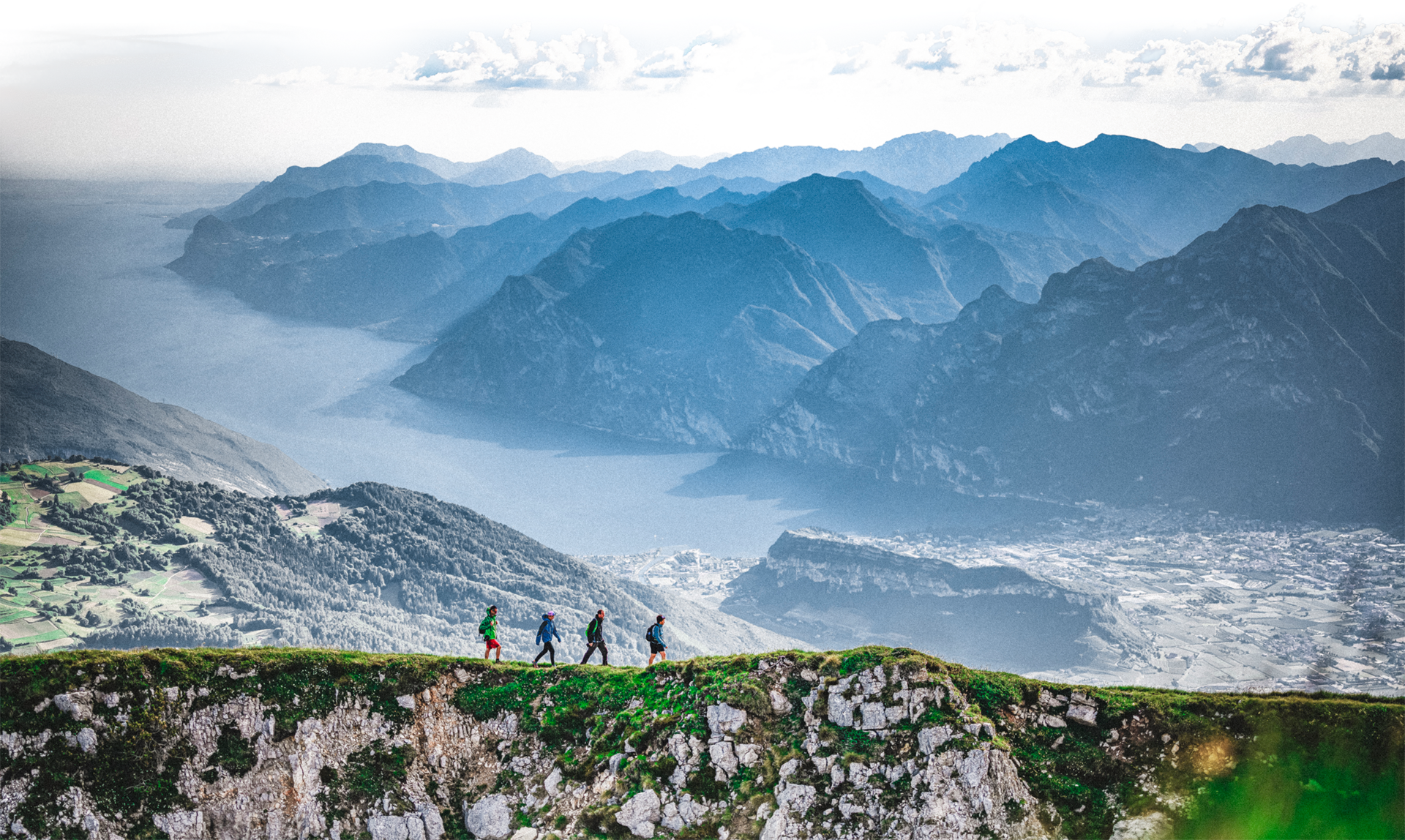Goethe’s description of his arrival in Torbole in 1786 still sounds familiar today to those who catch their first glimpse of Lake Garda while descending from Nago.
In Garda Trentino the cultivation of olives has a millenary tradition and olive oil has always represented a great wealth: the Olive Trail is a tribute to their history and value.
The trail passes through the olive grove of Arco, a place where the link between the olive tree and the land is particularly evident and where it is easy to see how this plant has transformed the landscape and local culture.
Along the Olive Tree Trail you will find fourteen installations that will allow you to get to know this extraordinary tree, see the landscape around you with new eyes and put yourself in the shoes of the olive growers who, with passion and commitment, dedicate themselves to tending the olive groves and producing the green gold of Garda Trentino.
History and tradition. Since the arrival of the Romans over 2,000 years ago, the olive tree has been a constant in the history of this area.
Arco. Medieval village, Habsburg Kurort and climbing mecca: Arco is a town with a thousand faces.
Geology and soil. Stone, sand clay: each type of soil has its own characteristics that are reflected in the plants that grow there.
Cultivar. Shape, colour, size, use: there are dozens of olive varieties, each with its own characteristics. The native variety of Garda Trentino is the Casaliva.
Historical olive groves. The olive groves of Garda Trentino are places where the work of man has shaped the landscape in harmony with nature.
Climate and geography. Garda Trentino is a Mediterranean oasis at the foot of the Alps.
Olive cultivation. Every moment in the life of the plant corresponds to a phase in the work of the olive grower.
The olive harvesting. In October the olive harvesting season begins, a real ritual that has the flavour of tradition and love for the land.
What's in a bottle of oil? Work, time, passion, tradition and savoir-faire: these are the ingredients of a quality oil.
The production process in the oil mill. The oil mills in Garda Trentino have a long tradition behind them, which is now combined with technology and innovation.
Not just oil. Oil is not the only product obtained from the olive, a precious fruit that is used 100%.
Packaging. Good packaging is essential to preserve olive oil and convey valuable information to the consumer.
Cultivation areas. The Olive Trail crosses the olive grove of Arco, but there are many other olive groves spread across the Upper Garda and Sarca Valley, up to the 46th parallel.
Landscape, art and literature. For centuries Garda Trentino has fascinated travellers, writers and artists, who have immortalised this area in their works.

Goethe’s description of his arrival in Torbole in 1786 still sounds familiar today to those who catch their first glimpse of Lake Garda while descending from Nago.

Between 1897 and 1910, Rilke stayed at the Kurort of Arco five times, where he wrote diary pages, letters, and nearly thirty lyric poems about a “generous land that does not fear winter”.

The Olive Trail touches several favourite spots of Rilke’s, which the poet immortalised in his writings.
For those crossing the Alps into Italy, Lake Garda offers the first taste of the Mediterranean haven that has fascinated visitors to Central Europe for centuries.
Olive cultivation has profoundly shaped Garda Trentino’s landscape, and this typical Mediterranean plant features in many depictions of Garda, immortalised by Albrecht Dürer, Johann Wolfgang von Goethe, and Rainer Maria Rilke.









